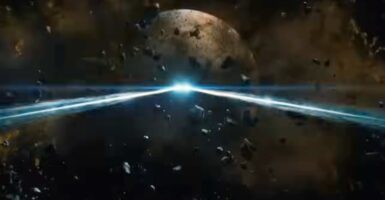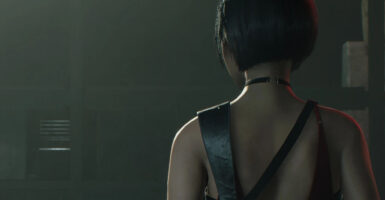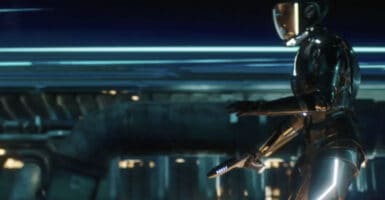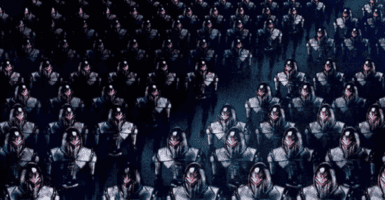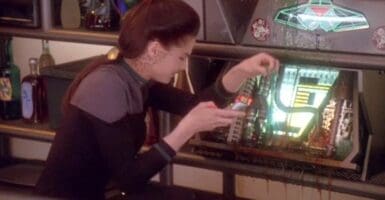Blade Runner Gets The 8-Bit Videogame Treatment
This article is more than 2 years old
Almost every big movie these days automatically gets a videogame tie in, especially those said feature involves superheroes, aliens, or comic book characters. Just this morning at work we had a conversation about the game for the upcoming Teenage Mutant Ninja Turtles movie (according to a co-worker, the game looks pretty sweet, even if the film itself appears to be a train wreck). On the other side, every hot game is seemingly always in the process of being adapted into a movie. Some feel like they’ll never happen, like Halo, while they can’t stop churning out Resident Evil movies. This is a convoluted way to make my point that movies and videogames have always been connected, all the way back to the blocky Empire Strikes Back game on the Atari. Projects like the Syfy/Trion Worlds team up, Defiance, where the game and the TV show cross over, further blurs the lines between the two.
That’s part of what makes this new video that reimagines Ridley Scott’s 1982 sci-fi classic Blade Runner as an old school, 8-bit videogame so much fun. 8-Bit Cinema does a fantastic job with translating the story into game form. Maybe it’s a little talkier than you might expect, but it is a nice throwback to games like Shadowrun.
The video hits all the major points in the film, like Deckard’s (Harrison Ford) search for the replicants, the replicant’s own quest for answers, and Roy Batty’s (Rutger Hauer) iconic “time to die” moment. I like that you can “play” as them. But what really sells this is the music. It sounds like you’re playing Double Dragon, which is always a good time in my world.
It’s funny because the idea of a Blade Runner videogame happening during this era doesn’t actually seem all that farfetched. The movie certainly wasn’t a massive commercial hit in the same vein as, say, the Star Wars movies, but we’re talking about an age where it was possible to get away with project like that. Wizard Video released Atari games for both The Texas Chainsaw Massacre and John Carpenter’s Halloween, not to mention that both Friday the 13th and A Nightmare on Elm Street had games on the original Nintendo Entertainment System. All of those seem like strange choices today, in the cold light of history, but made sense at the time. Each of these titles have also become cultural institutions, so ubiquitous that even people who haven’t seen the films are aware of the tropes and key points. Blade Runner certainly falls into this category, so you won’t have to strain your imagination to picture a scenario where this could have happened. Perhaps in some alternate dimension my pre-teen self was guiding a pixelated Deckard through a seedy underworld.
